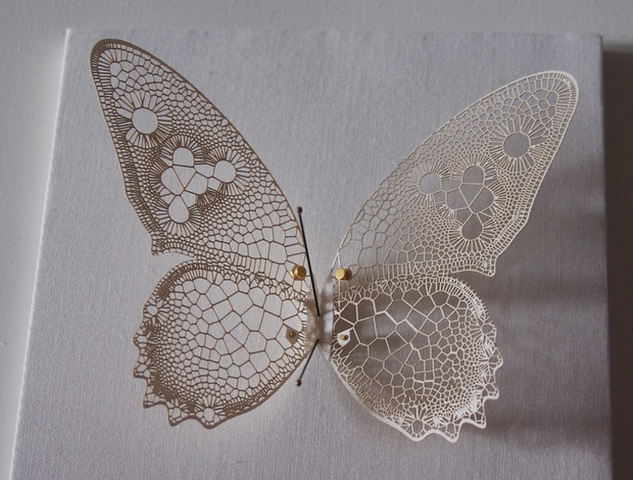Assignment 06
This assignment has 3 parts, due Thursday October 3:
- A “looking outwards” for works made with Arduino
- Readings and Viewings about Particle Systems
- A design for a 12×12 lasercut panel
Note: the Creature/Ecology and Augmented Projection assignments have been postponed until Assignment 7.
Looking Outwards: Work made in Arduino.
We are preparing for our upcoming work using microprocessors, sensors, actuators, and tangible computing in the arts and design. Around the world, the Arduino is the most common platform for doing this kind of work.
There are many sites which feature work created with Arduino. Peruse them. In a single blog post, please write 3 Looking Outwards entries for projects that you have found there. Try to choose diverse things. Try to choose things which provoke or surprise you — which make you feel something — not just cool gizmos.
Remember to categorize your blog post with the “Looking Outwards” Category. Below are some places to get started, though there are many others. (In addition to searching for Arduino, you can also try search terms like “physical computing” or “tangible interaction”.)
- The Arduino Playground Exhibition
- Instructables Arduino Projects
- http://creativeapplications.net/index.php?s=arduino
- http://createdigitalmotion.com/?s=arduino
- http://arduino.cc/blog/
- https://vimeo.com/search?q=arduino
- ArduinoArt Vimeo Group
- https://www.youtube.com/results?search_query=arduino+mediaarttube
Readings and Viewings: Particle Systems
Let’s review simulations of particles.
- Read Chapter 4 of Dan Shiffman’s Nature of Code.
- Study the Processing “simulate” examples:
- See these examples of particle systems on OpenProcessing:
- Curtain by Jared Counts
- Iris Fibres by Cath
Watch the following two videos by Dan Shiffman about Particle Systems in Processing:
[vimeo https://vimeo.com/60027382]
And:
[vimeo https://vimeo.com/60187932]
Feel free to peruse other videos by Dan Shiffman, at https://vimeo.com/shiffman/videos/.
Assignment-06-LasercutScreen
A lasercut screen! You will receive a square piece of 3mm HDF (high-density fiberboard), 12×12 inches square. Your assignment is to write a program that generates a PDF design, suitable for laser-cutting this panel. Then… we will lasercut it.

(Lasercut Butterfly by Chandler McWilliams, 2007)
You are strongly encouraged (but not, so help me, strictly required) to use some kind of simulation to generate your design, such as a particle system. If you don’t use some kind of simulation, have a good reason. (Awesome work is always a good reason.)
Be attentive to the following:
- Circles are nice, but your circles look just like mine. Please consider experimenting with interesting shapes that you can really make your own. Learn how to control curves with commands like bezier(), bezierVertex(), curveVertex(), or some of the nice arc() variations.
- Make sure you’re not PDF-exporting the same shape twice in the same location. If you place a circle over a circle with the same size and location, the circular hole will get cut twice by the lasercutter. This will result in a scorchy, burnt edge.
- Be attentive to intersecting lines. They’ll get cut that way.
- The remaining parts of the PDF “screen” should be no thinner (narrower) than about 1/8″ or 3mm. Thus, if you’re cutting a bunch of bubble holes, make sure no bubbles are closer together than 1/8″.
- If at all possible, maintain the 12″x12″ square outside edge. (Unlike Chandler McWilliams’ butterfly shown above.)
Now:
- Sketch first!
- In a blog post, upload your PDF.
- Include a textual description of your project (how you did it, what you were trying to accomplish, any inspiring examples, etc.) and maybe a scan of some of your sketches.
- Upload your code into the blog post, using the WP-Syntax pre-formatting.
- We will lasercut the design in class. After we lasercut the design, upload a photograph of the finished screen.
Here are some example applets from class, regarding particle systems:
simulation_gravity
https://openprocessing.orgsketch/113291
simulation_noise_field
https://openprocessing.orgsketch/113289
simulation_mutual_repulsion
https://openprocessing.orgsketch/113281
simulation_mutual_attraction
https://openprocessing.orgsketch/113284
simulation_spring_mesh
https://openprocessing.orgsketch/113295
simulation_spring_blob
https://openprocessing.orgsketch/113297